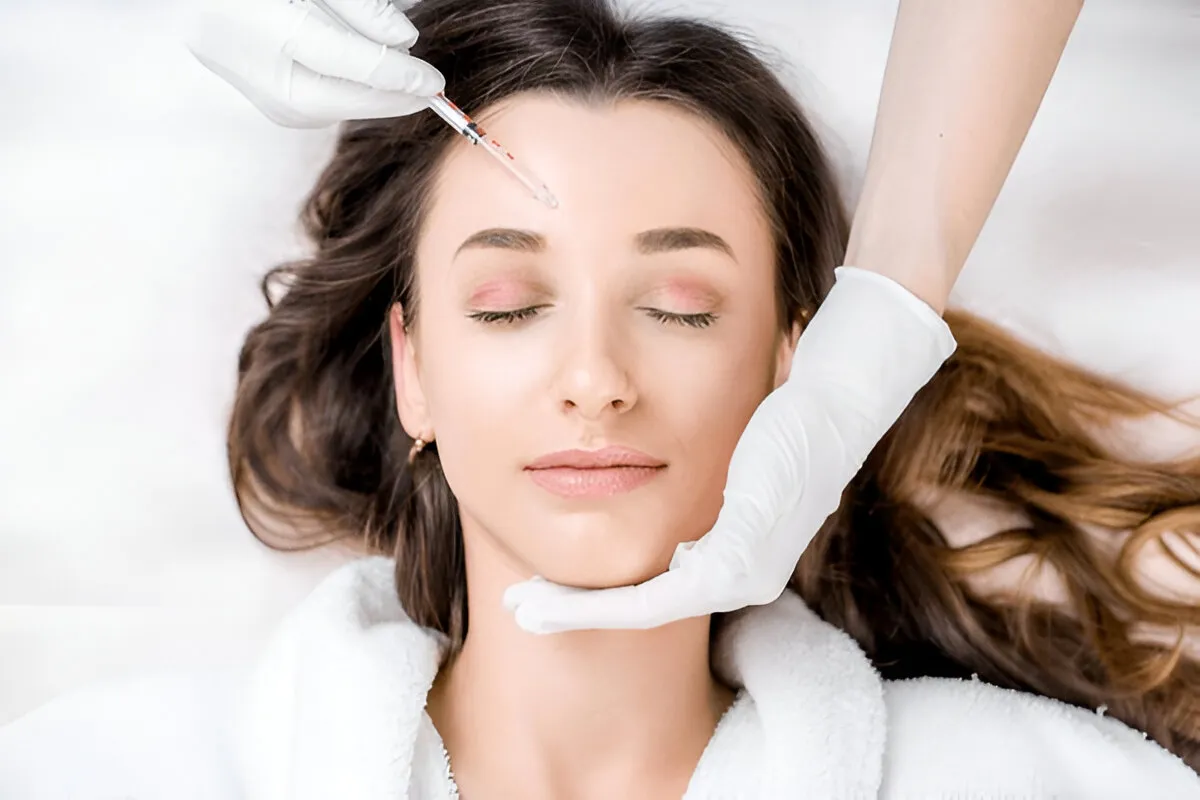Injectable beauty treatments combine science and artistry to address aesthetic concerns like wrinkles, volume loss, and facial contouring. Utilizing substances such as Botox and dermal fillers, these procedures offer non-invasive solutions with minimal downtime. Personalized plans ensure natural results, enhancing confidence and highlighting individuality while balancing safety and effectiveness.
What Are Injectable Treatments?
Injectable beauty treatments have surged in popularity as more people seek non-invasive options for cosmetic enhancement. These procedures primarily involve substances injected into the skin to target various aesthetic concerns, from diminishing fine lines to augmenting facial features. Among the array of treatments available, Botox in Denver and similar services are renowned for their capability to deliver noticeable results without the downtime associated with surgical interventions.
The inception of injectables in cosmetic medicine dates back to the late 20th century, focusing initially on anti-aging solutions. Over time, the repertoire of injectable applications has broadened with technological and medical advances, offering customizable solutions for a range of cosmetic goals. As detailed by Healthline, different types of dermal fillers comprise compounds tailored to specific skin issues, fostering more natural and rejuvenated appearances through innovative formulations.
How Injectables Work to Enhance Appearance
Injectables function by orchestrating minor yet impactful alterations beneath the skin’s surface. Neurotoxins like Botox intervene in nerve-muscle communication, thereby minimizing muscle contractions that cause wrinkles. This technique effectively smooths dynamic lines, such as the wrinkles of the forehead and crow’s feet, offering a temporary but effective cosmetic improvement.
Conversely, dermal fillers bolster facial volume and structure as a synthetic substitute for collagen—an essential component for skin elasticity. Fillers composed of hyaluronic acid imbue the skin with moisture, enhancing features such as lips or cheeks. According to WebMD, the application of Botox extends beyond cosmetics, treating medical conditions like chronic migraines and hyperhidrosis, underscoring its multifaceted nature.
Different Types of Injectables
The landscape of injectables is diverse, catering to varying aesthetic requirements. Neurotoxins such as Botox and Dysport target the facial muscles responsible for wrinkle formation. These can be ideal for individuals seeking a subtle rejuvenation effect without altering the fundamental facial structure.
On the spectrum of dermal fillers, products like Juvederm and Restylane use hyaluronic acid to fill in wrinkles and add plumpness to areas that have lost volume due to aging. Other specialized injectables, like Radiesse and Sculptra, stimulate natural collagen production. Each is suited for deeper lines or those seeking progressive results that develop over time. Understanding these options allows customized approaches, ensuring enhancements align precisely with personal aesthetic goals.
Benefits and Risks of Injectables
Injectables offer the allure of transformative beauty with the convenience of minimal recovery time. Benefits range from yielding a fresher, more vibrant appearance to enhancing confidence and self-image. For many, the appeal lies in the temporary nature of results, allowing for adjustments over time without a long-term commitment.
Despite their advantages, these procedures are full of risks. Redness, bruising, swelling, and, in rare instances, infections or allergic responses are possible adverse effects. Individuals must discuss their medical history with healthcare providers to mitigate such risks. The choice to undergo injectable treatments should stem from informed decisions, with individuals thoroughly understanding both potential rewards and risks.
Also Read: Ultimate Guide to Spray Tanning: Tips for the Perfect Sunless Glow
Choosing the Right Practitioner
Selecting the right practitioner is critical to achieving favorable results from injectables. A skilled practitioner possesses the requisite credentials and demonstrates an understanding and respect for aesthetic harmony and each patient’s unique needs. Certifications and affiliations with respected medical organizations indicate quality and expertise.
Prospective clients should prioritize consultations, wherein they can ask questions, view portfolios of previous work, and discuss desired outcomes. Practitioners who take the time to understand patient goals and offer transparent advice generally foster trust and satisfaction, ensuring that cosmetic procedures fulfil client expectations responsibly and ethically.
Frequently Asked Questions
Prospective patients often ask about the longevity, pain, and recovery associated with injectables. Typically, Botox effects last three to six months, after which muscle activity returns gradually, and wrinkles may reappear. Dermal fillers can last six months to two years, depending on the product and area treated.
Pain is usually minimal thanks to topical anaesthetics and fine needles employed during the procedure. Recovery time is swift, with most patients resuming everyday activities swiftly. Individuals are advised to adhere to their practitioners’ pre- and post-treatment care guidelines to achieve optimal results.
Final Thoughts: Importance of Informed Decisions
Injectable beauty treatments present a versatile and relatively low-risk alternative to surgical enhancement. By understanding these procedures’ scientific basis and expected outcomes, individuals can make educated choices that align with their aesthetic objectives. Meticulous research and selecting a capable practitioner are essential to attaining safe, satisfying results that enhance one’s natural beauty.

